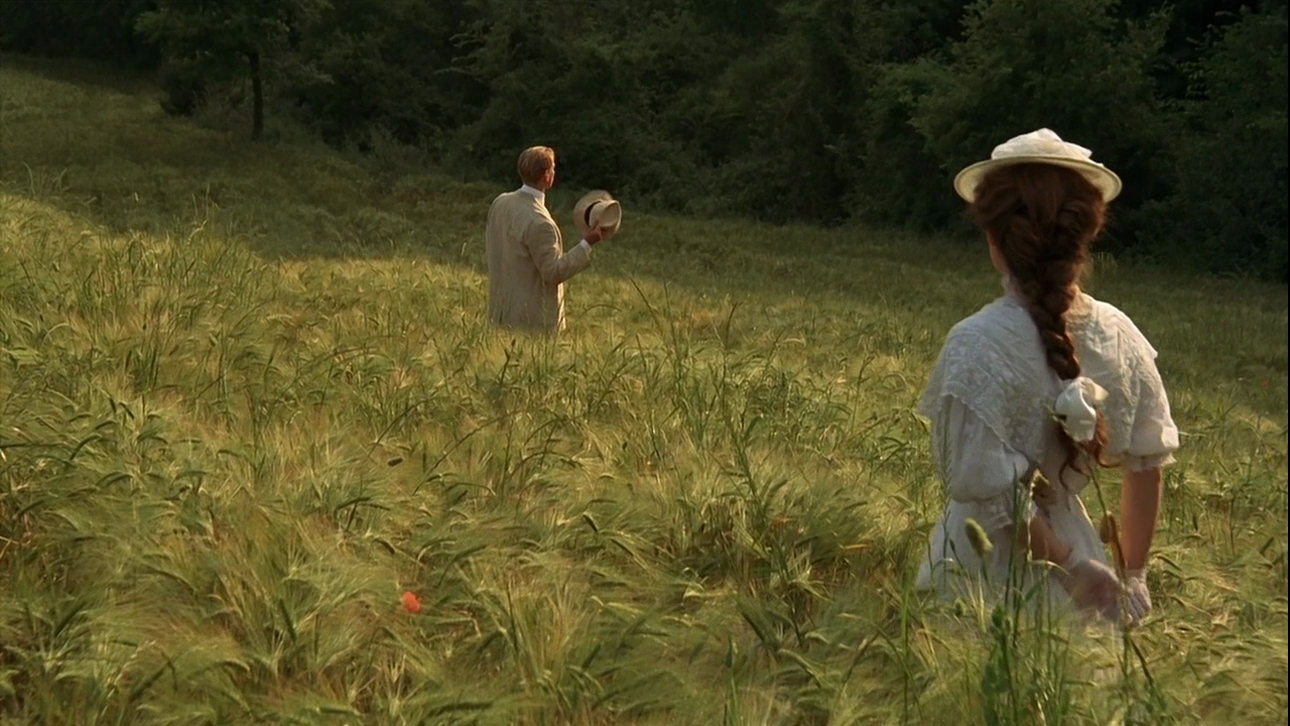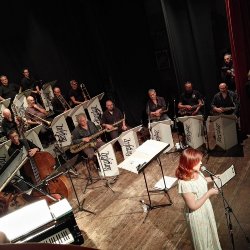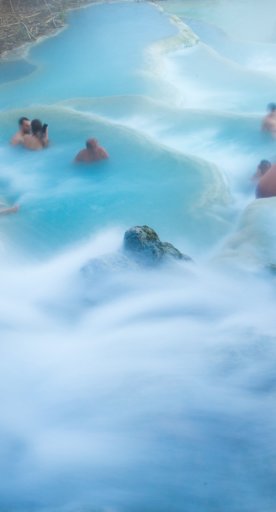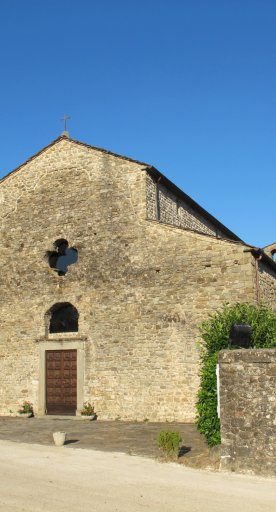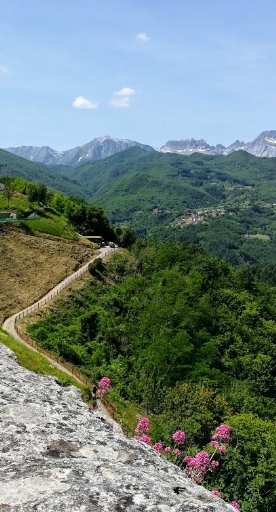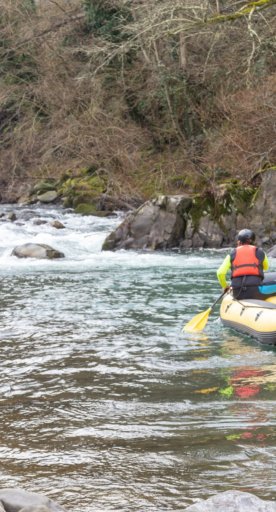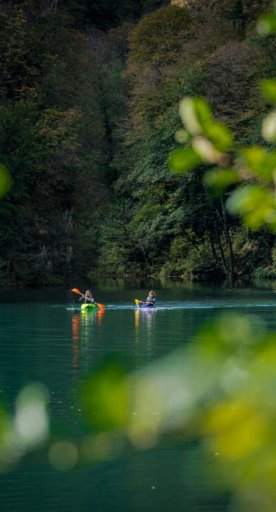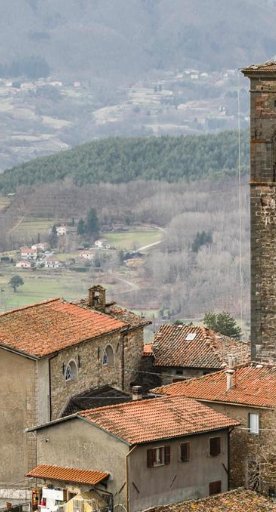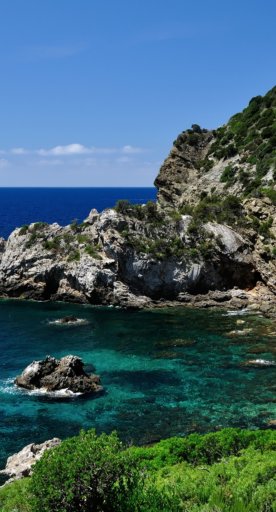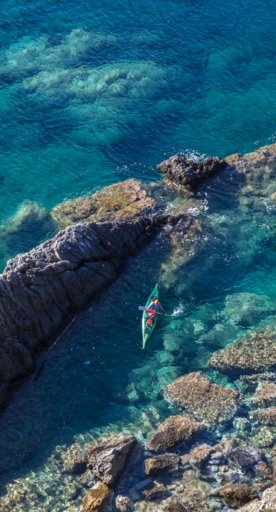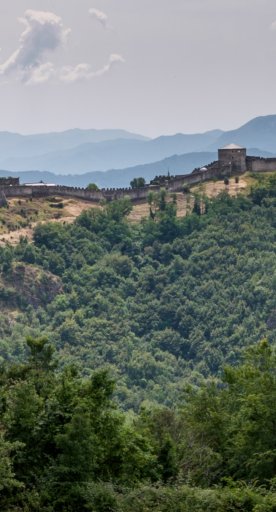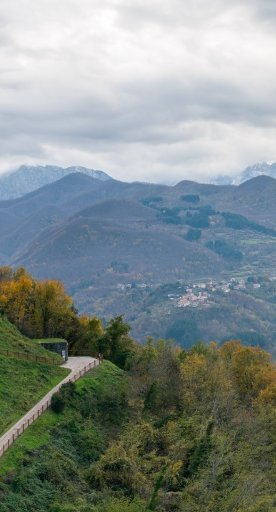

From Dante to New Moon, Tuscany has inspired literature
A journey from the pages of books to the most evocative places
Rolling hills with an unmistakable profile, cities filled with art and history, villages where time seems to have stopped: Tuscany is a land that has seduced visitors since the beginning of time. But it is not just visitors who are bewitched by the region's secrets, its writers have been writing about the beauty that surrounds them from the time of Dante.
Tuscany seen through the eyes of writers thus becomes not only a splendid setting in which to set a story, but a real character that shines with its own light, to be discovered thanks to this journey which from the pages of books leads to some of the most breathtaking sites in the region.
-
1.Dante Alighieri
-
2.Boccaccio, Ariosto and Pascoli
-
3.Carducci, D'Annunzio and Collodi
-
4.Malaparte, Palazzeschi, Pratolini, Vichi and Tozzi
Dante Alighieri
It’s difficult to imagine a non-Tuscan Dante, but it’s fun to trace the footsteps of the Divine Comedy in the area where the exiled poet composed his masterpiece.
For example, legend has it that the Orrido di Botri, in the Lucca countryside, one of the few Italian canyons, with its sheer walls and deep gorges, inspired the landscape of Hell. In fact, during his exile, Dante stayed in Montefegatesi, a small town in the municipality of Bagni di Lucca, and on that occasion he visited the canyon.
And who can forget the tragic story of Count Ugolino, closed in a tower without food and water while he watched his children die? The Torre della Fame (Hunger Tower), where Ugolino was imprisoned, still stands in Pisa atop the Palazzo dell’Orologio, a beautiful building located in Piazza dei Cavalieri.
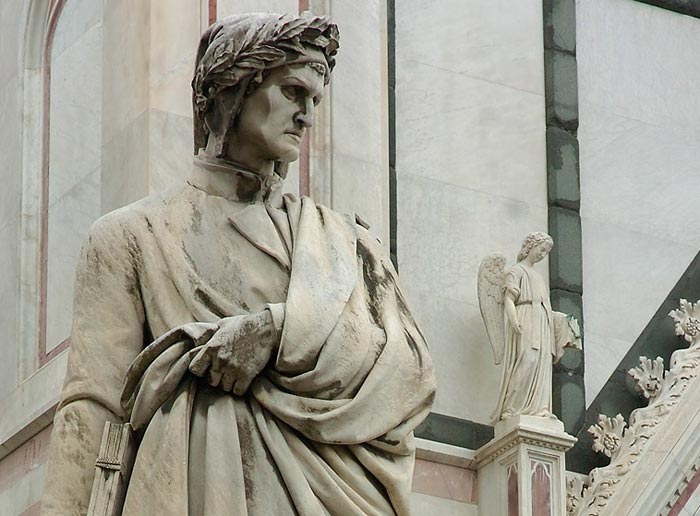
Boccaccio, Ariosto and Pascoli
With Boccaccio's Decameron we move to the countryside: it is the year 1348 and ten young Florentines take refuge in the hills, to avoid contact with the deadly plague ravaging the city and cheat death with their stories. To walk in their footsteps, follow the 170 km Anello del Rinascimento (Renaissance Ring) trail through the hills of Florence that leads through small parish churches, castles and ancient monasteries.
Traveling through time to the 1500s century we meet Ludovico Ariosto, the most unique governor that Garfagnana - "a land of wolves and brigands" - has ever had. Here, in the Rocca di Castelnuovo, Ariosto rewrote his Orlando Furioso. A nature trail called "Il Sentiero dell'Ariosto" goes into the woods overlooking the Apuan Alps.
Giovanni Pascoli also stayed in Garfagnana for a long time, and much more happily- He wrote of the tranquil beauty of his adopted town in one of his most beautiful collections of poems: I canti di Castelvecchio.

Carducci, D'Annunzio and Collodi
Tuscany has inspired other great poets, such as Giosuè Carducci who in his poem "Davanti a San Guido" made the beautiful Viale dei Cipressi in Bolgheri famous. This small village in the municipality of Castagneto Carducci still retains the enchanting almost five kilometer long road flanked by beautiful cypresses.
Instead, it was the wild nature of the Tuscan coast that struck the sensitivity of Gabriele D'Annunzio, who set one of his most famous poems - "La pioggia nel pineto" (The rain in the pine forest) - in the beautiful Versiliana pine forest in Marina di Pietrasanta. An enchanting place that today is the stage for theatrical performances and concerts.
The Pistoia area was the inspiration for Carlo Lorenzini, known as Carlo Collodi, author of Pinocchio. Today a theme park populated with his famous characters is there to play tribute to the writer and his fantasy.

Malaparte, Palazzeschi, Pratolini, Vichi and Tozzi
A journey full of emotions is the one that leads to the Mausoleum of Curzio Malaparte on Mount Spazzavento. A place out of time, from where you can admire Prato and Val Bisenzio, erected in memory of the journalist and writer who had expressed the desire to rest in that very spot.
Following in the footsteps of Aldo Palazzeschi we approach Florence. The writer set "Le Sorelle Materassi" on the hills of Coverciano, an ironic and cutting novel that masterfully describes the peasant and petty bourgeois world of the time.
Another great storyteller of his time was Vasco Pratolini, who revisited Florence’s ancient streets with new eyes and whose writing touches the heart by giving voice and dignity to the poor during the Fascist regime.
Those who love police dramas can discover the dark side of Florence in the mysteries of Marco Vichi, a young Tuscan author whose detective, Franco Bordelli, investigates the crimes of the 1960s.
Siena is depicted differently in the stories of Federigo Tozzi, who shows a proud, inaccessible city where the characters navigate the solitude and difficulty of everyday life.
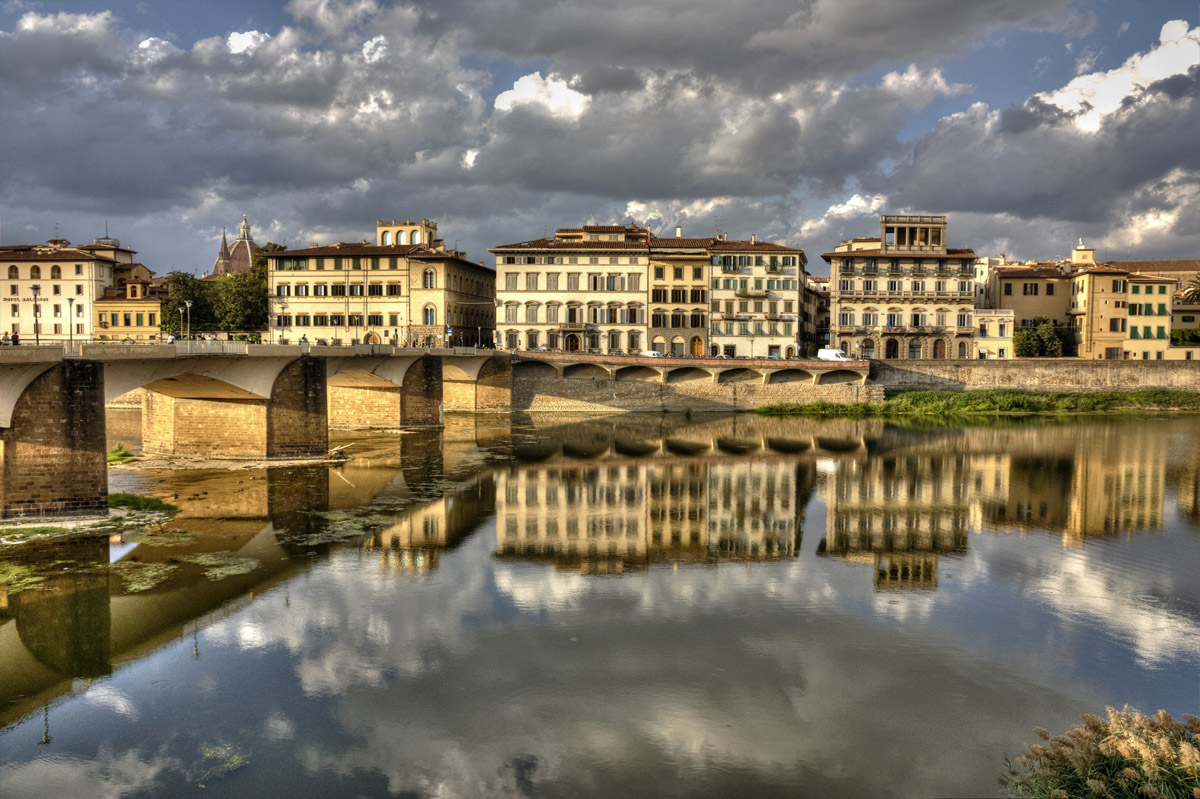
Tuscany is a land of great literature but also of international best-sellers: from glimpses of the Arno in Forster’s "A Room with a View", to Hannibal Lecter’s art lessons in Palazzo Vecchio in Thomas Harris' "Hannibal", there are many foreign writers who have been so fascinated by the myth of Florence and Tuscany that they have chosen it as the setting and protagonist of their novels.
One of the latest cases of international success is "New Moon", the second volume of the Twilight Saga written by Stephenie Meyer, partly set in the splendid town of Volterra.
